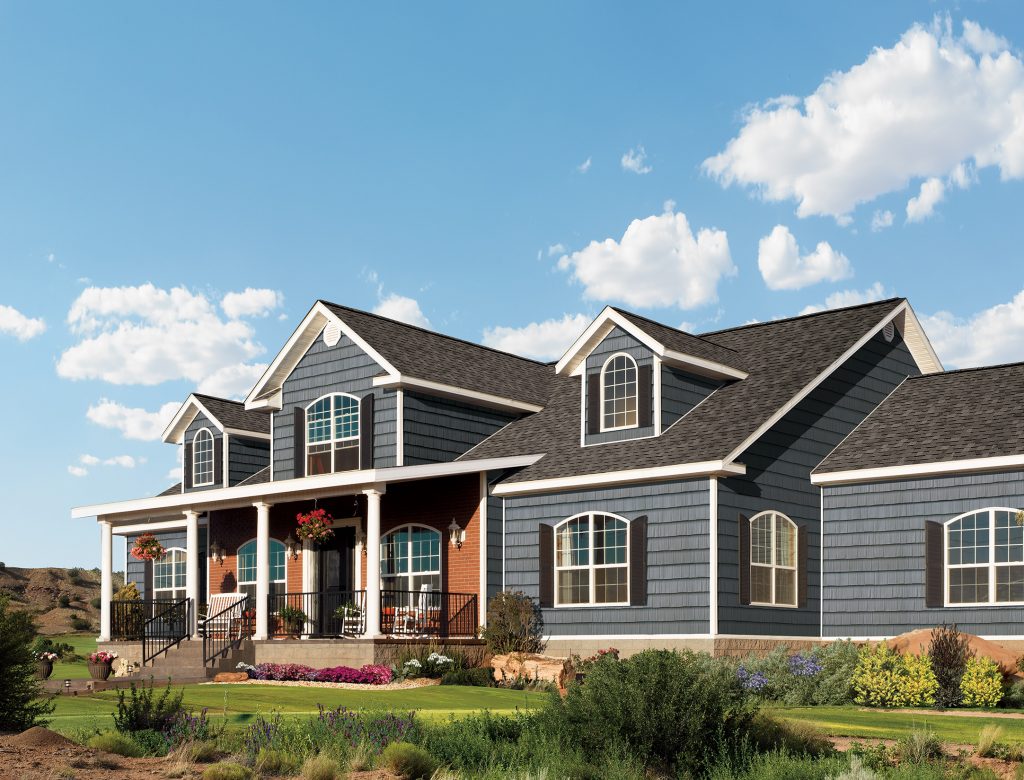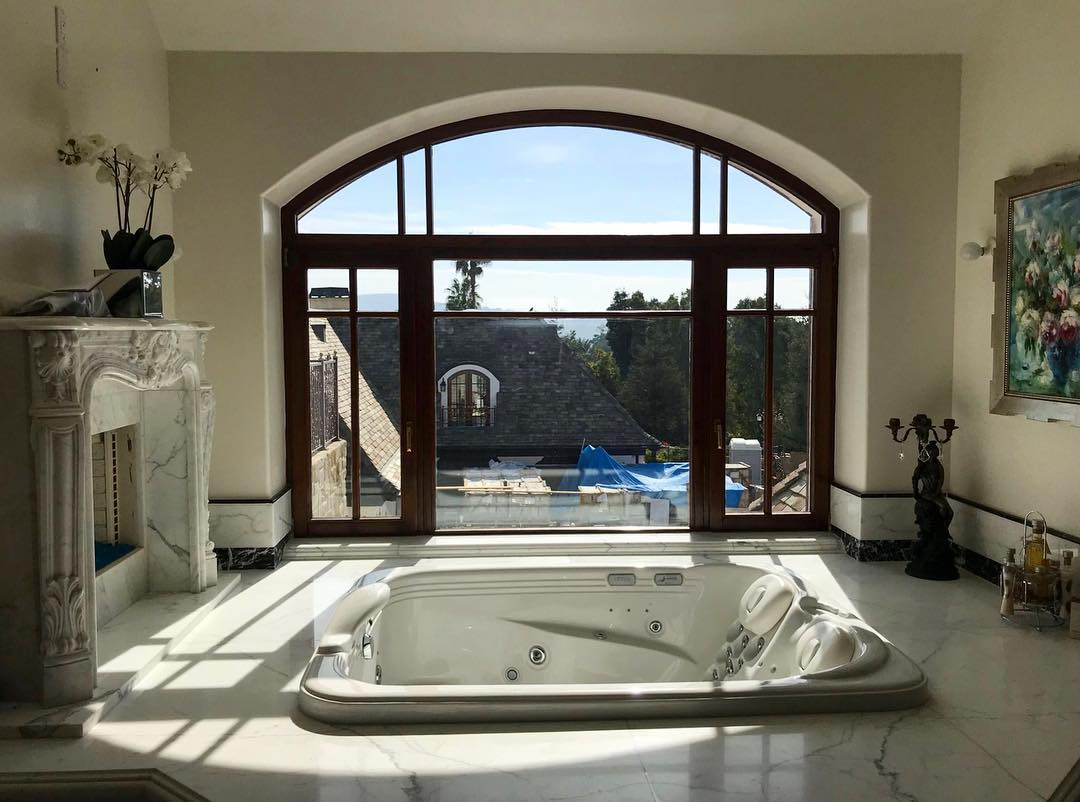There are many kinds of window tint films. But they have one general composition: polyester film. It varies from the depth and other chemicals so that a particular tint can serve a unique market. Window tint tools near Lake Nona, Florida, will show you that films come in 2 to 7 millimeters thick. Additionally, it comes with various constituents like dye, carbon, or ceramic coating too.
What’s the difference and how can it help consumers choose the right window film for their car?
1. Dye-based composition
Dyed and metalized dyed components make use of a heat-absorbing coat to reject heat. It does not absorb, trap, or release the heat inside the car, but instead, it dissipates to the outside airflow. Dyed or metalized dyed windows can reject UV rays up to 99 percent. However, it has no infrared rejection properties, and it’s not tech-friendly if it consists of metal.
2. Metalized film composition
A metal window tint is one of the original films for heat rejection. It can tame solar heat as much as 53%. However, it disrupts electronics and connectivity and does not reject infrared as well. Metal particles are often melted to adhesives to achieve that specific film. It can tackle heat and UV rays quite nice, but sometimes it has annoying glares.
3. Carbon composition
Carbon films and metal films are better options to dye because it does not fade. It lets network and transmissions in, so you can say that it’s tech-friendly. It rejects heat at 45% and filters UV rays at about 99%. It’s ideal for larger vehicles because it can handle heat better.
“Can I find carbon truck window tinting near me in Lake Nona, Florida?” Yes, because carbon is one popular film and is available in every tint shop near Lake Nona, Florida.
4. Nanoceramic composition
It’s the most advanced window film currently in the market and rejects 82 to 99% of heat and UV rays. It rejects infrared rays and allows transmission of signals inside the car. In a word, the tint is also ideal for house window tinting around Lake Nona, Florida, because of its properties. Ceramic window tint around Lake Nona, Florida, offers shades of 10, 20, 30, and 75.
Despite having the same ingredient, films are altered to serve the market where it is needed. Some may want a matte look which what carbon tints offer. Meanwhile, many would prefer a simple dye film because they can customize it at low costs. Additionally, some window tint films are thicker than others because it offers shatterproof features.
What about you? Have you found the perfect window tint for your vehicle?












